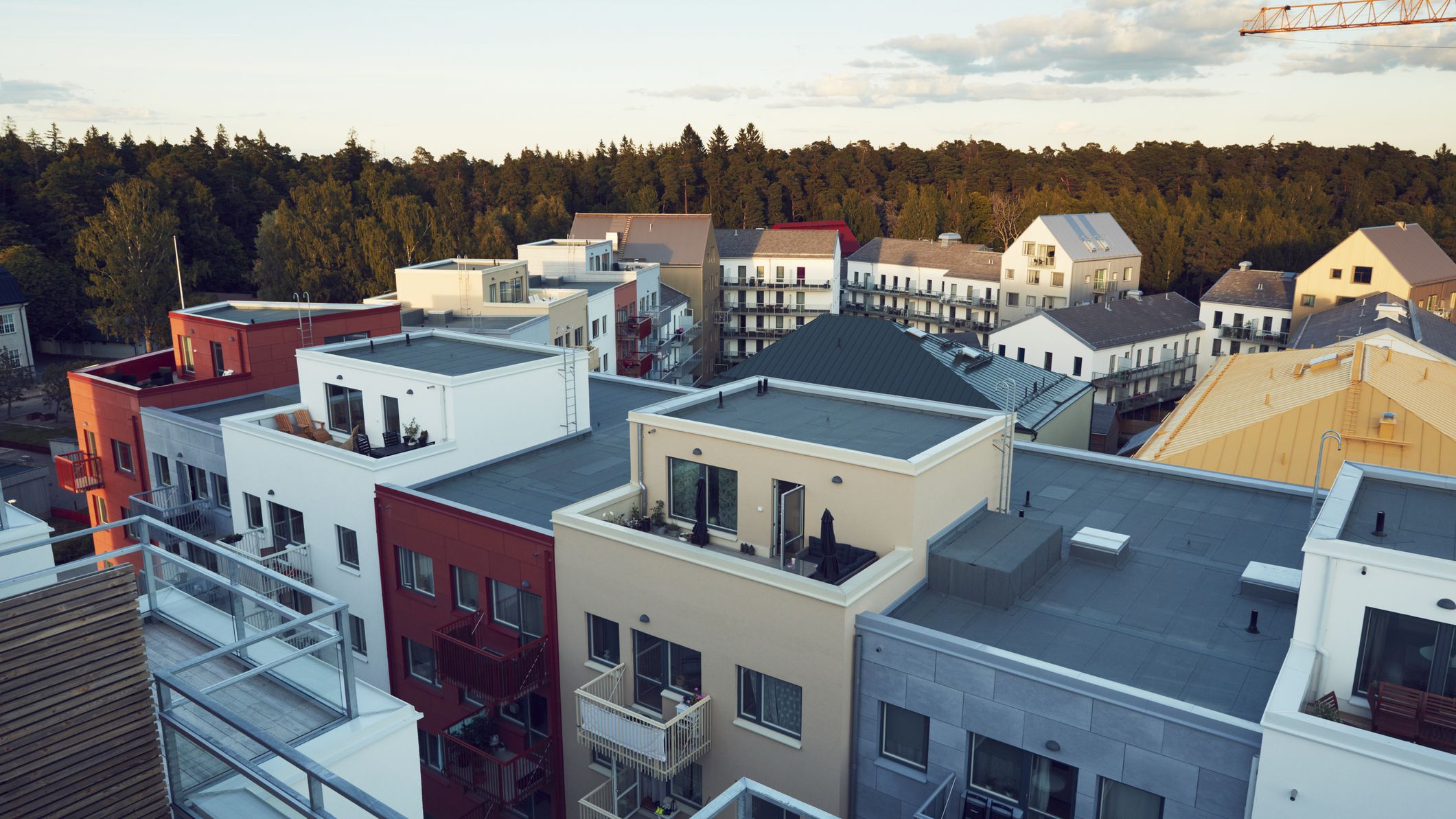How Do the Different Commercial Roofing Materials Hold Up to the Mesa Heat
When thinking about weather and elements that can damage commercial roofs, we think about storms and other forceful weather. Hail storms, strong gusts of winds, and ice dams can build up and do damage. However, storms aren’t the only thing that can damage a commercial roof!
Heat may also damage a commercial roof in many ways. That said, there are materials that can withstand the Mesa heat well. Read on to learn how different commercial roofing materials hold up to the Mesa heat.
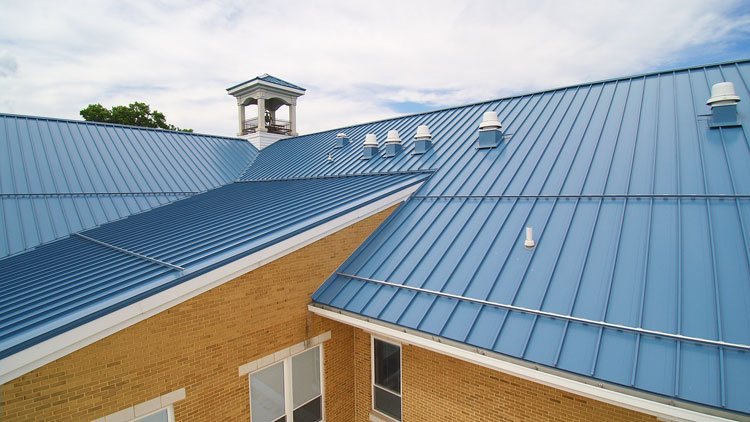
How Heat Affects Roofs
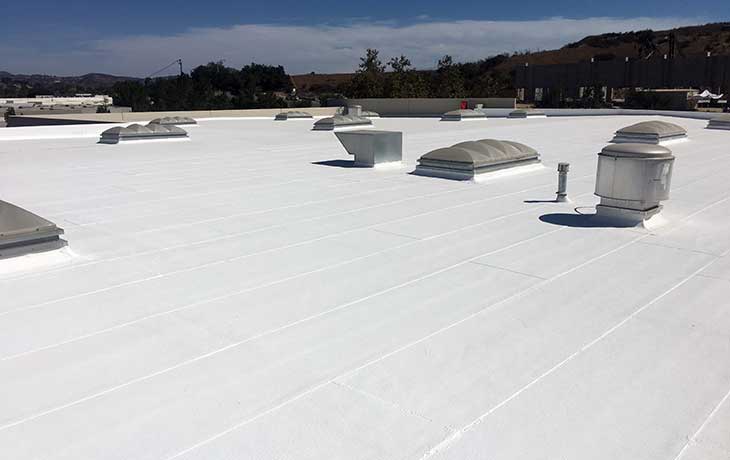
How exactly does heat affect roofs anyway? Here are the different aspects to consider:
It Expands Roofing Materials
One way heat damages roofing materials is how it expands them. If roofing materials will heat up, they would naturally expand or grow a bit bigger. When they cool off after the sun sets, then they would contract.
The constant expansion and contracting put a lot of stress on your roof, wearing it out. This would cause roofs to have cracks, along with surface damage. Take note that aging roofs would be more likely to experience the effects of sun damage.
It Puts Pressure on Items
Another disadvantage of too much heat on commercial roofs is how it puts pressure on your roofing materials, particularly the fasteners and seams. The pressure is caused by the expansion and contraction, causing these materials to shift and move around. It would also cause the seams to split and/or the fasteners to pop out of place.
These split seams and loose or moving fasteners would affect your roof’s stability and lifespan.
Frequent Air Conditioning Causes Moisture Build Up
Heat isn’t a direct cause of moisture build-up in roofing materials, but it’s our frequent use of the HVAC or cooling units due to the extreme heat! When experiencing hot weather, you would rely on your air conditioning, using it more frequently.
As you use the cooling unit more, moisture may build up. This especially happens when commercial air conditioning units are on roofs, so moisture builds up there even more. As a result, there will be algae growth, water or moisture problems, and eventually, leaks if not repaired immediately.
How Different Commercial Roofing Materials Hold Up to Mesa Heat
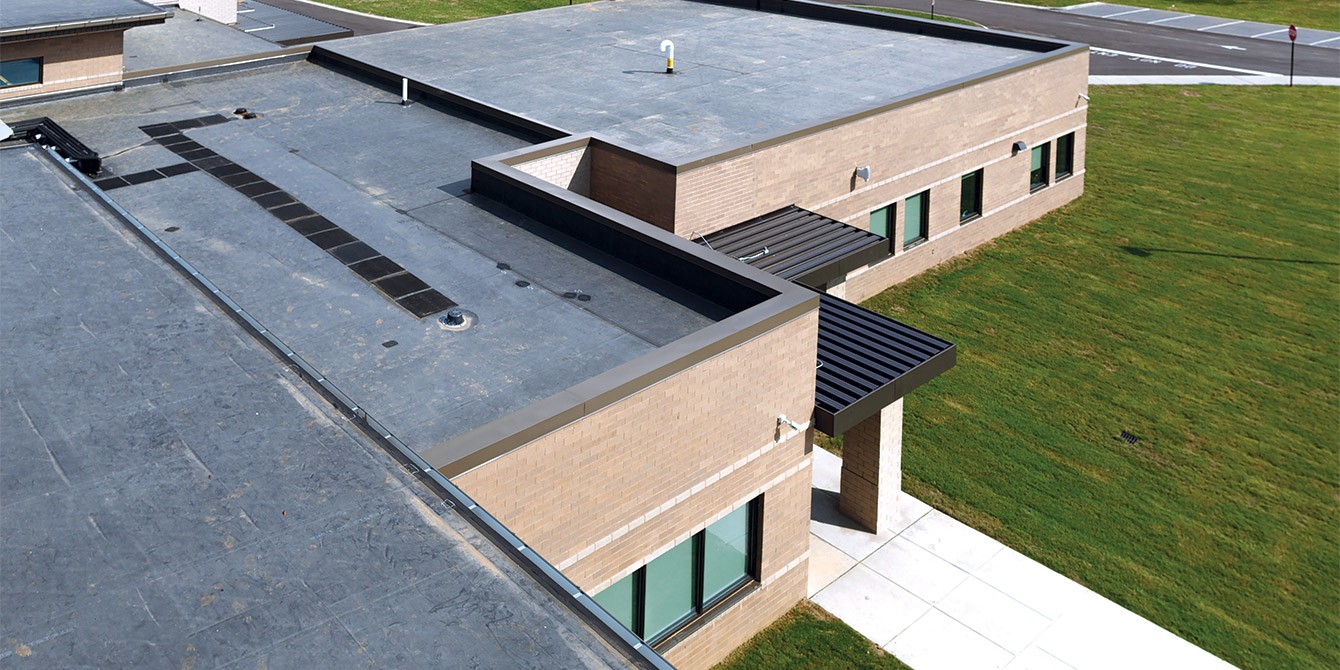
Now that you know how the heat affects roofing materials, the next question is: How do certain roofing materials handle the Mesa heat?
Here are the best commercial roofing materials to use and how they hold up to the heat in Mesa, Arizona:
Terra-Cotta Tiles
Terra-Cotta tiles are common roofing materials in hotter locations such as Italy, Mexico, Spain, and even the American Southwest areas. These tiles are made of baked clay, which is what makes them more resistant when exposed to hot climates. When the tiles are baked in kilns, it creates material that becomes more durable and less porous, preventing heat from trapping in the material.
Commercial roofs made with terra-cotta tiles are very durable, and you can even see ancient buildings donning the same roofing materials for hundreds of years. Modern terra-cotta tiles can last for up to 50 years or so.
Besides the material playing a crucial role in how heat-resistant the terra cotta is, the shape and design are also helpful in supporting its strength, too. Terra-cotta tiles are usually molded in an S-curve or shaped like a half-barrel. When these tiles are laid on roofs, they will interlock and form arches, which will allow better air and water circulation, reducing the heat trapped in roofs.
However, they are heavy, so structures will need stronger reinforcements. They are made best for hot climates as opposed to cold and wet weather, as they tend to snap and break. Also, while pricier, expect it to give you better energy savings and a longer lifespan.
Concrete Tiles
Concrete tiles are slightly more affordable compared to terra-cotta tiles. They are built thick, so it would take longer for the heat of the sun to go through the concrete slab and into your home. They are also built-in S-shapes or half-barrels for better air ventilation and can be dyed a lighter color to lessen the heat absorption.
Concrete tiles are also incredibly strong and can withstand the heat of the Arizona sun for up to 50 years on average. Take note that they can be quite heavy, so you’ll have to have to spend a bit more for foundational support.
EPDM Roofing Membranes
EPDM stands for ethylene propylene diene monomer, which is a synthetic rubber-like material that is common to use for commercial use. It is a strong thermoplastic that’s resistant to general wear, along with the weather and UV radiation. This is why it can handle the Mesa heat well.
You can also opt to have roof coatings with titanium dioxide installed, which improves how the roof reduces heat, reflecting the heat and sunlight better. Because this roofing material is seamless, they serve as a barrier against air and water leaks.
EPDM is also lighter and malleable compared to the two materials mentioned above, making it easy to install. But, EPDM isn’t as durable and while it withstands the heat and other weather conditions well, it may easily be damaged by rocks, branches, and other debris.
Metal Roofs
Metal roofs are another great roofing material for warmer areas like Mesa, Arizona. They are not only durable but very versatile as well. They have grown popular because of their sustainability, as aluminum, copper, and steel are made of recycled materials.
Compared to other roofing materials, metal would take longer to heat up and hold less heat, cooling quicker come nightfall. While they cost a bit more, they last longer and aren’t a hassle to maintain. Plus, they are most suitable for the eco-friendly ones who focus on sustainability and functionality.
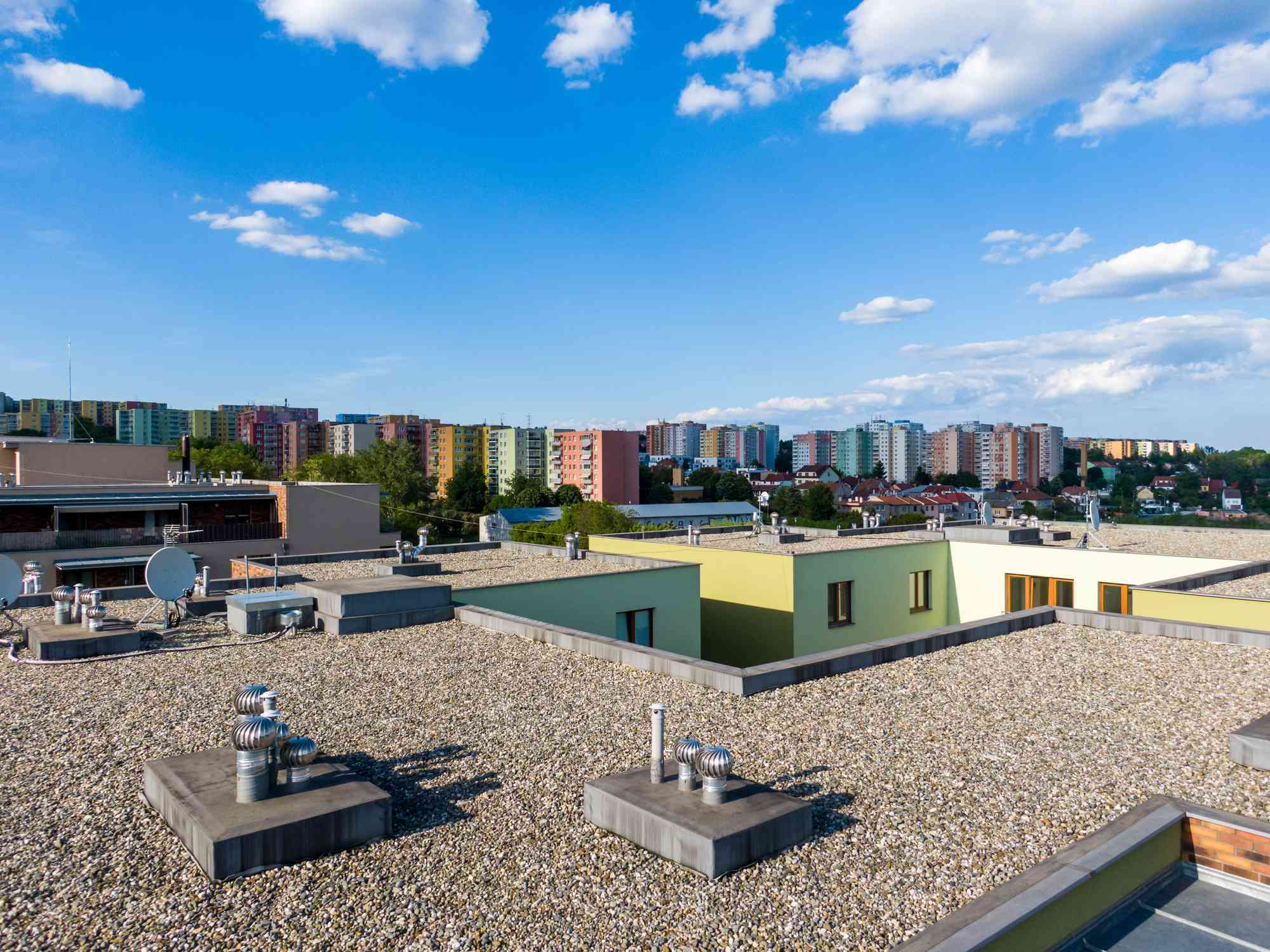
Wrapping It Up
Hopefully, you learned a lot about what kind of commercial roofing material to consider for your structure. Learn more about these different roofing materials and even get a free estimate from us at Stradling Roofing. We can provide services you need for your roof, may it be installation, repair, or maintenance.
